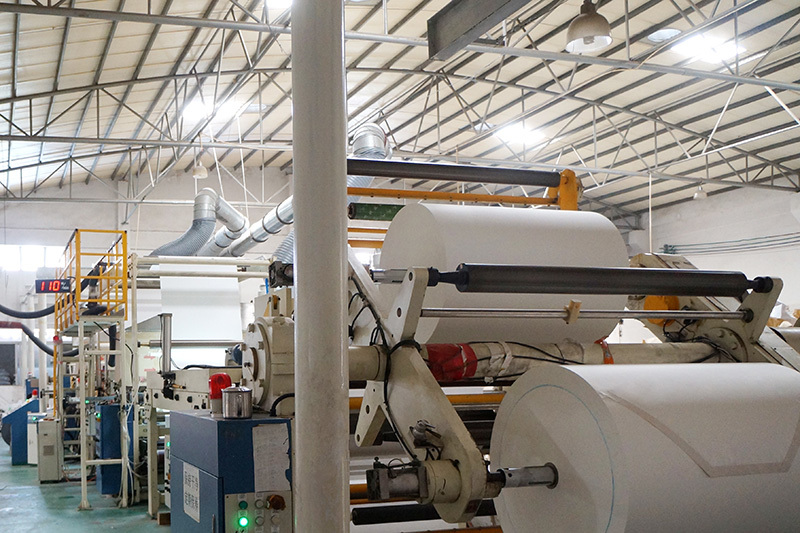Coating
Coating is a laminate system consisting of an outer backing material (e.g., polyethylene (PE), PVC, woven polyolefin) and an inner adhesive mastic (e.g., petrolatum grease, rubber-based compounds) that are spirally wrapped around the pipe ensuring a high degree of overlap between turns.
The Crucial Role of Coating in Tape Manufacturing
In the tape manufacturing industry, the coating process is a vital step that significantly influences the final product's quality and performance. This article delves into the intricacies of the coating process, highlighting its importance and the key factors that contribute to its success.
Understanding the Coating Process
The coating process involves applying a thin layer of adhesive or other functional materials onto a substrate, such as paper, film, or fabric. This layer imparts specific properties to the tape, such as adhesion, release, or conductivity, depending on the intended application.
Key Steps in the Coating Process:
1. Substrate Preparation:
The substrate must be clean and free of contaminants to ensure proper adhesion of the coating. This may involve cleaning, priming, or treating the surface to enhance its receptiveness to the coating material.
2. Coating Application:
The coating material is applied to the substrate using various methods, such as roll coating, gravure coating, or slot-die coating. Each method has its advantages and is chosen based on the desired coating thickness, uniformity, and production speed.
3. Drying and Curing:
After application, the coating must be dried and cured to remove solvents or water and to activate the adhesive properties. This step is crucial for achieving the desired performance characteristics of the tape.
4. Quality Control:
Rigorous quality control measures are implemented to ensure the coating meets the required specifications. This includes checking for uniformity, thickness, and adhesive strength.
Importance of the Coating Process
Adhesive Performance:
The coating process directly affects the adhesive performance of the tape. A well-executed coating ensures strong and consistent adhesion, which is essential for the tape's functionality.
Durability and Longevity:
A high-quality coating enhances the tape's durability and longevity. It protects the substrate from environmental factors, such as moisture and UV radiation, extending the tape's lifespan.
Customization and Versatility:
The coating process allows for customization to meet specific application requirements. Different coatings can be applied to achieve various properties, such as conductivity, heat resistance, or chemical resistance.
Factors Affecting the Coating Process
Coating Material:
The choice of coating material is critical. It must be compatible with the substrate and provide the desired properties. Common coating materials include acrylics, rubbers, and silicones.
Coating Method:
The coating method influences the uniformity and thickness of the coating. Roll coating is suitable for high-speed production, while gravure coating offers precise control over coating thickness.
Drying and Curing Conditions:
The drying and curing conditions, such as temperature and time, must be carefully controlled to ensure the coating achieves its optimal properties.
Innovations in the Coating Process
Advanced Coating Technologies:
Innovations in coating technologies, such as plasma treatment and UV curing, have enhanced the coating process. These technologies improve adhesion, reduce curing time, and enable the use of eco-friendly coating materials.
Sustainable Coating Solutions:
The tape manufacturing industry is increasingly adopting sustainable coating solutions. Water-based and solvent-free coatings reduce environmental impact without compromising performance.
Conclusion
The coating process is a critical step in tape manufacturing that significantly influences the final product's quality and performance. By understanding the key steps, importance, and factors affecting the coating process, manufacturers can produce high-quality tapes that meet diverse application requirements. Embracing advanced coating technologies and sustainable solutions further enhances the coating process, contributing to the industry's growth and innovation.



